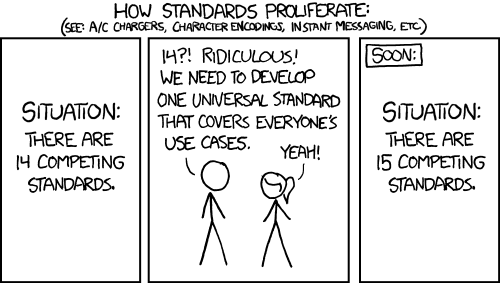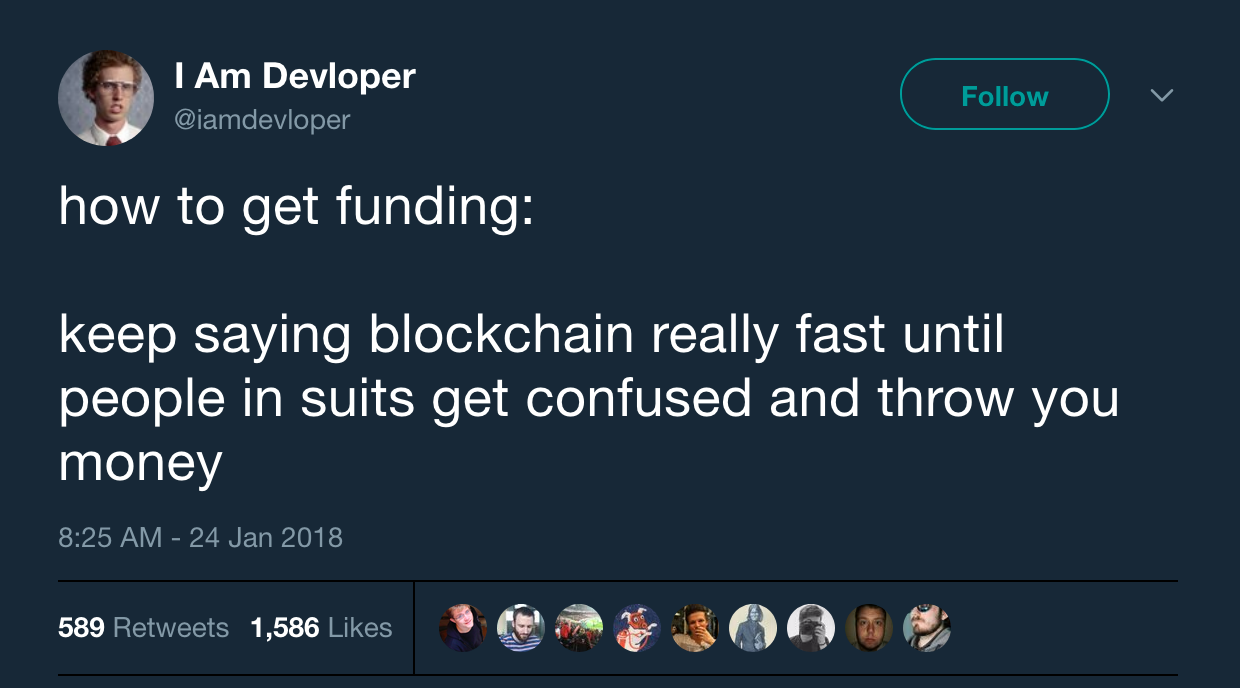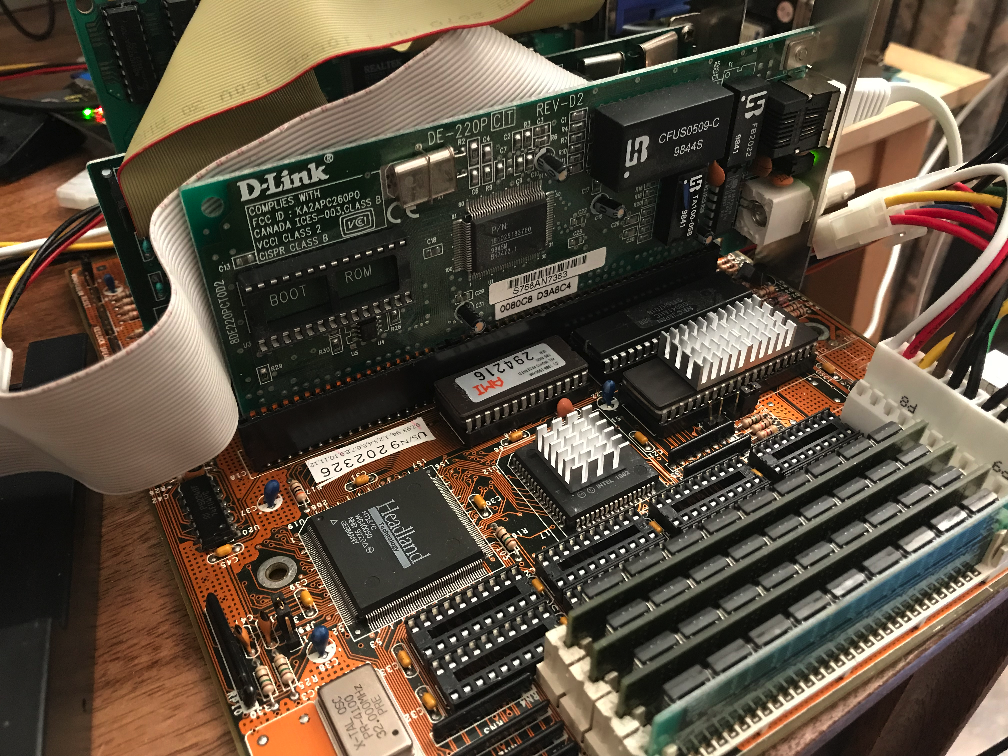How to quickly check out interesting warnings given by the PVS-Studio analyzer for C and C++ code?

Once in a while, programmers who start getting acquainted with the PVS-Studio code analyzer ask me: «Is there a list of warnings that accurately indicate errors?» There is no such list because uninteresting (false) warnings in one project are very important and useful in another one. However, one can definitely start digging into the analyzer from the most exciting warnings. Let's take a closer look at this topic.



 Sometimes people ask the question, which addresses a certain topic but is actually about another thing. As the saying goes, a competently asked question contains half the answer.
Sometimes people ask the question, which addresses a certain topic but is actually about another thing. As the saying goes, a competently asked question contains half the answer.

 This chapter was translated from Russian jointly by author and by
This chapter was translated from Russian jointly by author and by 



 So, what is the difference? How to be prepared for this interview? Let’s be non-abstract, and use an example. To be more non-abstract, let’s take something from the material world, such that you won’t be asked the exact same thing at the real interview (at least, not at the Google interview) :)
So, what is the difference? How to be prepared for this interview? Let’s be non-abstract, and use an example. To be more non-abstract, let’s take something from the material world, such that you won’t be asked the exact same thing at the real interview (at least, not at the Google interview) :)





